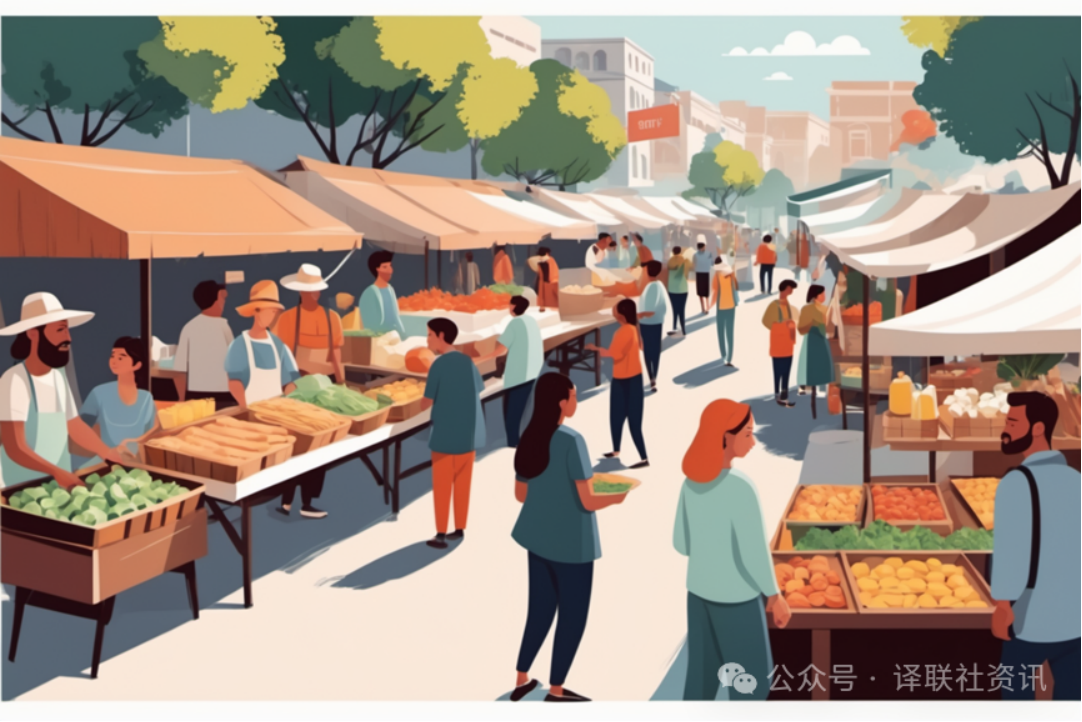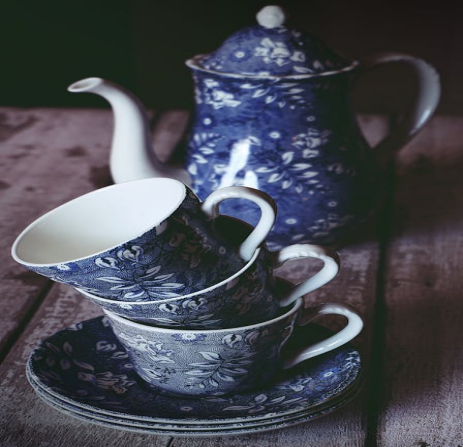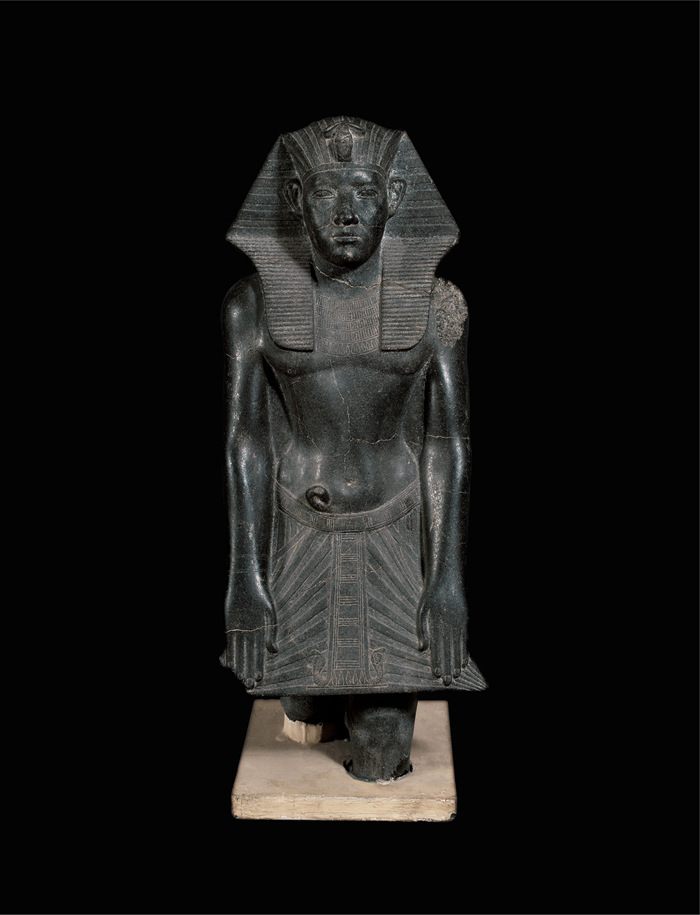 Portrait of Amenemhat III, Middle Kingdom period (2055 BC 1650 BC), housed in the National Museum of Egypt
Portrait of Amenemhat III, Middle Kingdom period (2055 BC 1650 BC), housed in the National Museum of Egypt
On July 17, 2024, the fourth exhibition of the "Dialogue with the World" cultural relics and art exhibition series at the Shanghai Museum, "Top of the Pyramid: Ancient Egyptian Civilization Exhibition," opened at the People's Square Hall. The exhibition was jointly organized by the Shanghai Museum and Egypt's Supreme Cultural Relics Commission, under the joint guidance of the National Cutural Heritage Administration of China and the Ministry of Tourism and Cultural Relics of Egypt, and received special support from the Shanghai Municipal Bureau of Culture and Tourism and Shanghai Radio and Television. Since the opening of the exhibition, the popularity has not diminished, and the audience is eager to see the face of ancient Egyptian civilization.
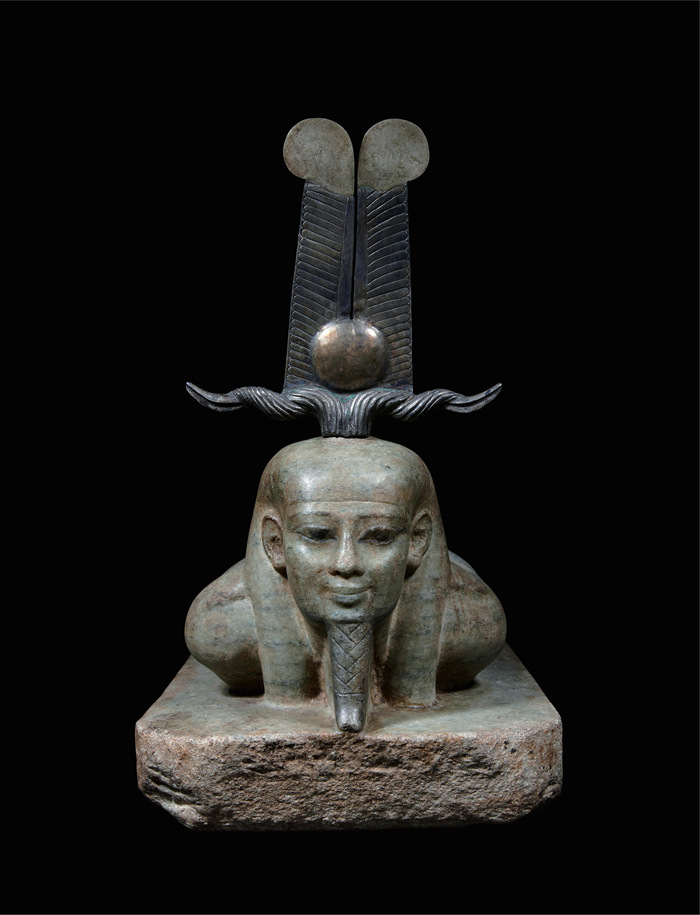
The resurrected statue of Osiris, 26th Dynasty (664 BC-525 BC), housed in the National Museum of Egypt
This exhibition is the largest special exhibition in the history of the Shanghai Museum. In order to accommodate the exhibition, the Shanghai Museum has renovated and used three exhibition halls on the first floor of the People's Square Pavilion. In a total exhibition space of 3000 square meters, the exhibition narrative, cultural relics display, and digital technology are used to create a unique immersive viewing experience for the audience. The exhibition gathers 492 sets of 788 precious cultural relics from different periods of ancient Egyptian civilization, including statues of pharaohs such as Tutankhamun, Amenemhat III, and Ramses II. These cultural relics are carefully selected from seven key Egyptian museums, including the National Museum of Egypt, Luxor Museum, Suez Museum, and the latest archaeological discoveries in the Saqqara region. More than 95% of the cultural relics are first-time visitors to Asia, jointly revealing the face of ancient Egyptian civilization to the audience.
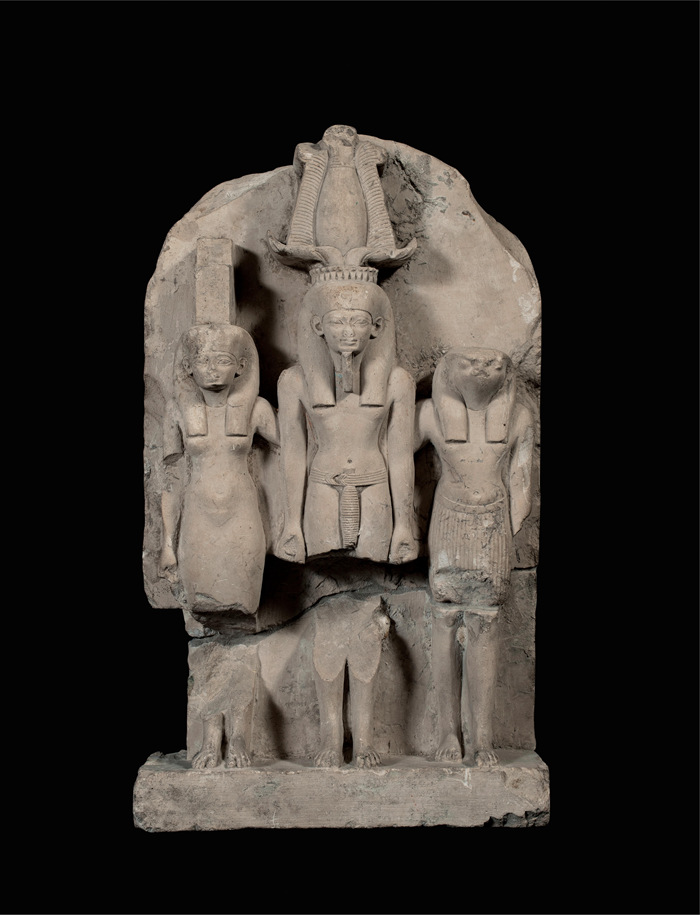
The ancient Three Gods of Osiris, Kingdom Period (2686-2181 BC), housed in the Ismailia Museum
The exhibition consists of three sections: "The Kingdom of Pharaohs," "The Secrets of Saqqara," and "The Age of Tutankhamun." Each section independently narrates the long years nourished by the great river, tracing the interweaving of mythology and the real world, gaining insight into the overall appearance and historical details of ancient Egyptian civilization, and interpreting the profound connotations of ancient Egyptian civilization from different perspectives.
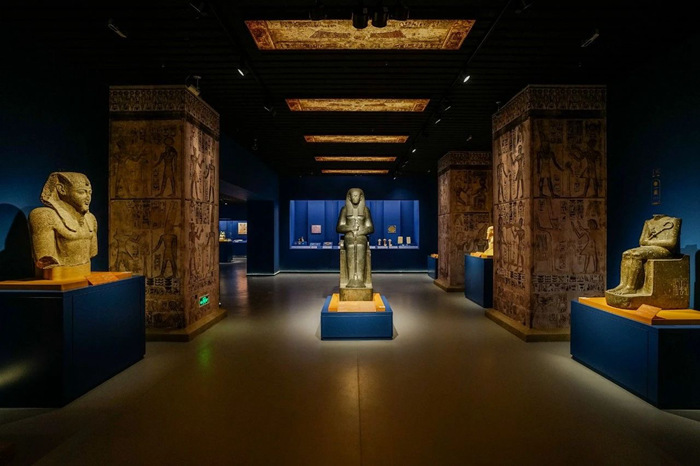
On site exhibition hall of "Kingdom of Pharaohs", pictures from Shanghai Museum
The Kingdom of Pharaoh in the First Section
The binary oppositional unity of order and the belief system of afterlife centered on Pharaoh are the most prominent features of ancient Egyptian civilization. The Kingdom of Pharaohs "will take the mapping of the ancient Egyptian cosmology rooted in the natural geographical environment - the world of gods - as an introduction, presenting a condensed history of ancient Egyptian civilization, discussing the ancient Egyptian cosmology, social order, writing, craftsmanship, burial customs, etc., covering various aspects from social systems, daily life to spiritual world.
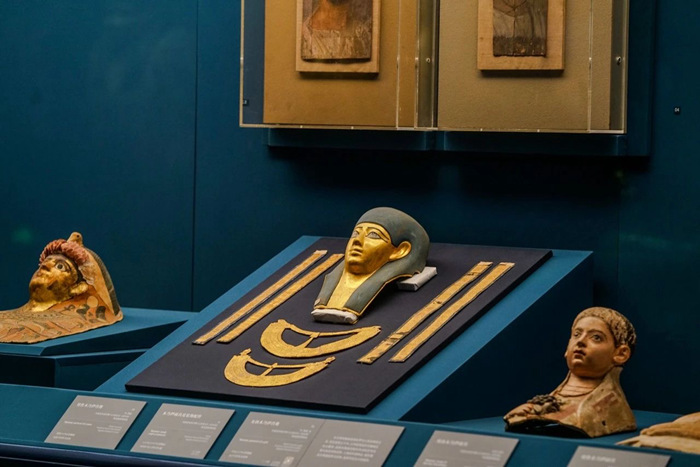
On site exhibition hall of "Kingdom of Pharaohs", pictures from Shanghai Museum
When order was born and royal power began to emerge, the historical narrative of the pharaoh era unfolded, laying the foundation for the soul tone for thousands of years to come; In the final scene of the historical stage, the ancient Egyptian civilization flows into the wider world by the Mediterranean Sea through the Nile River, and is forever preserved in its integration with other civilizations.
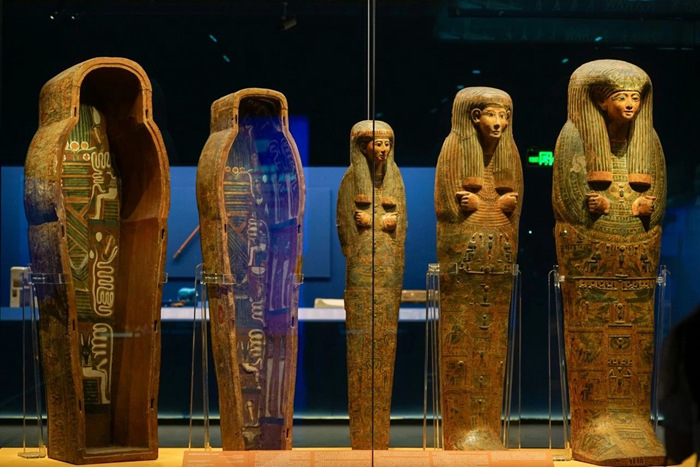
On site exhibition hall of "Kingdom of Pharaohs", pictures from Shanghai Museum
This section selects several Chinese cultural relics and displays them together with Egyptian cultural relics to explore the understanding of different civilizations on the eternal proposition of humanity, allowing the audience to rediscover themselves through interpreting others. The exhibition will also delve into interludes, reviewing the emergence of Egyptology in modern China from the perspective of disciplinary development, in order to stimulate reflections on the modern transformation of ancient civilizations beyond the exhibition.
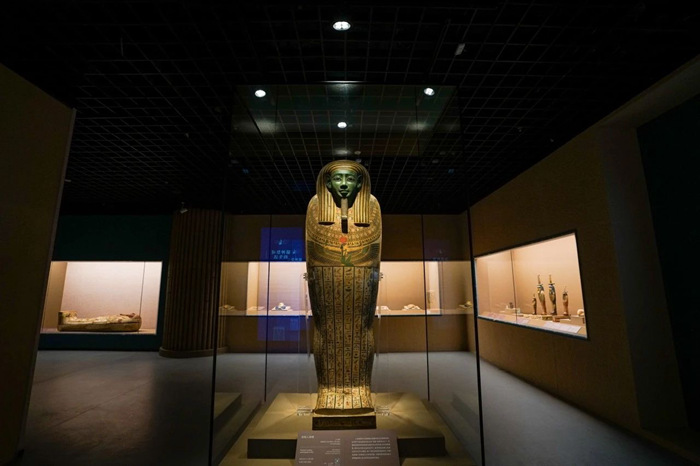
The exhibition hall of "Sakara's Secret" is located on site, with pictures taken from the Shanghai Museum
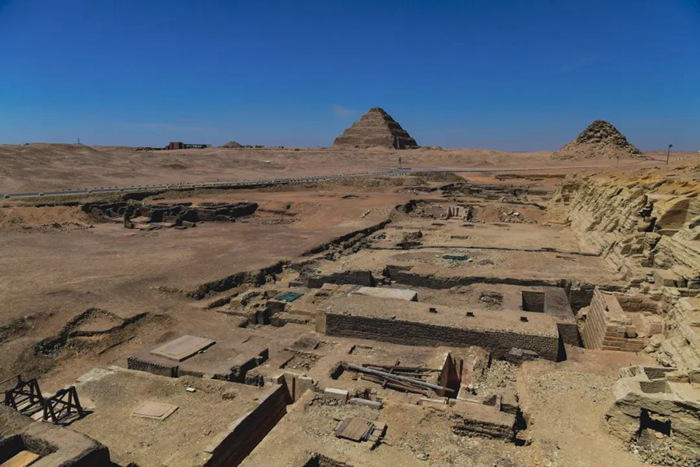
Sakala Archaeological Site
The Secret of Sakara in the Second Section
The ancient Egyptians established Memphis as the beginning of their history. It is a holy land, a memory, and a true intellectual history based on these two. Sakala is the most important link in the entire Memphis cemetery area - it is the oldest ancient cemetery used by the ancient Egyptians, with 15 pyramids from 3 to 13 dynasties, and also an extremely dense place for noble tombs and animal mummy burials. In 2020, Sakala's archaeological discoveries, including the remains of the Cat Goddess Temple built in 600 BC and the intact remains of the Cat God Priest's underground burial tomb, were listed as one of the top ten archaeological discoveries in the world that year.
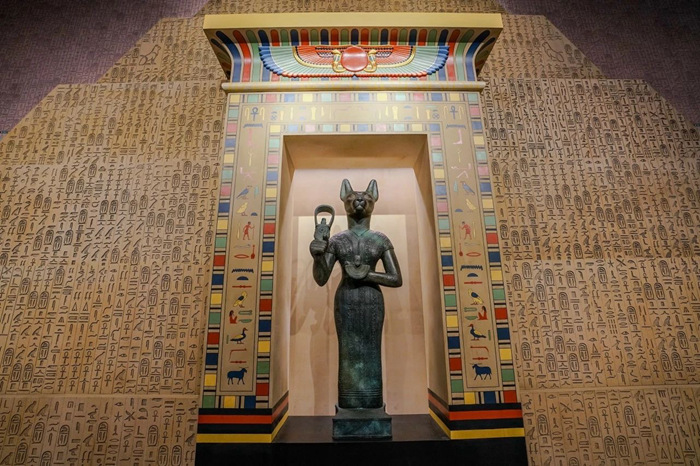
The exhibition hall of "Sakara's Secret" is located on site, with pictures taken from the Shanghai Museum
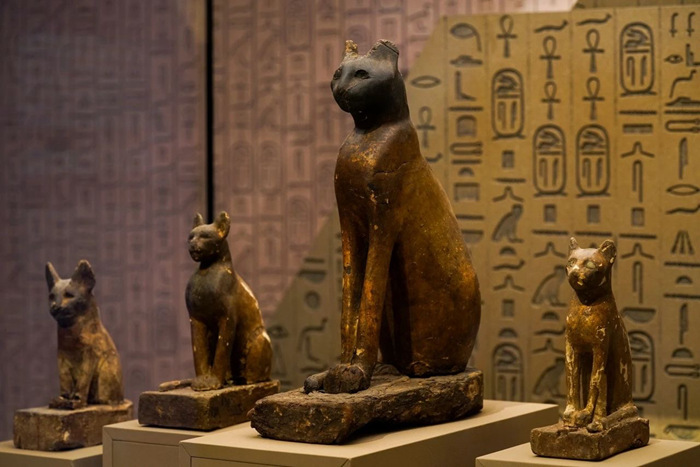
The exhibition hall of "Sakara's Secret" is located on site, with pictures taken from the Shanghai Museum
The Secret of Saqqara "systematically reveals for the first time the significant discoveries made by the Egyptian archaeological team since their independent archaeology in the Saqqara region, tracing the long trajectory of faith practice, including the worship of sacred animals, the worship of cat god Bastet, and the funeral customs of cat god priests, interpreting the cultural significance of Saqqara as a retro capital.
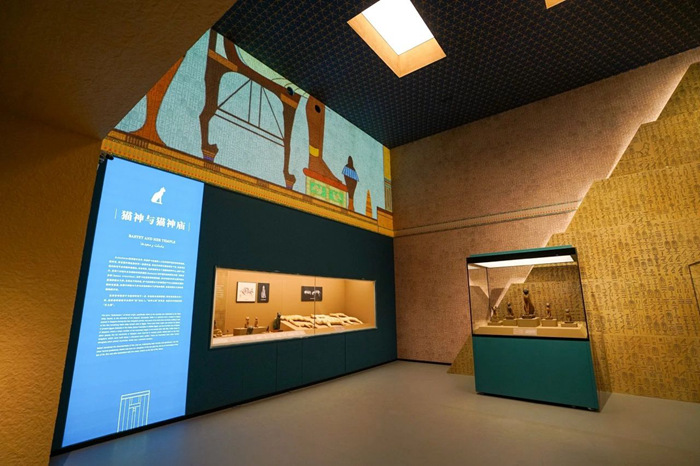
The "Youth Friendly" Design of the "Secrets of Sakara" Exhibition Hall, Image from Shanghai Museum
This exhibition hall incorporates "youth friendliness" as a design principle, reduces the height of display cabinets and belts, designs touchable cultural relic models, dynamically interprets the integrated double-sided of the cat god, and creates a montage of the cat god temple, in order to stimulate audience imagination through the combination of virtual and real scenes.
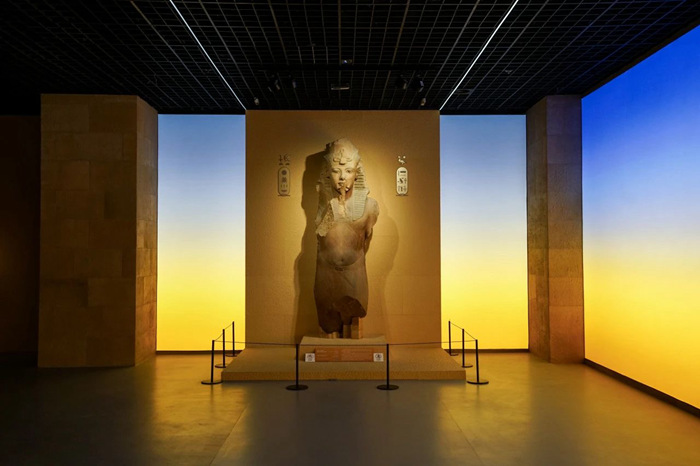
On site exhibition hall of "The Age of Tutankhamun", pictures from Shanghai Museum
The Era of Tutankhamun in the Third Section
The Pharaoh Tutankhamun, who passed away at a young age, caused a sensation in the world in 1922 due to his tomb. Over the past century, archaeologists, linguists, and historians have increasingly reconstructed the living scenes of the era in which the young pharaoh lived. When we identify the king's name that has been chiseled away by later generations from the statue, the past rises and rises again through the dust of history.
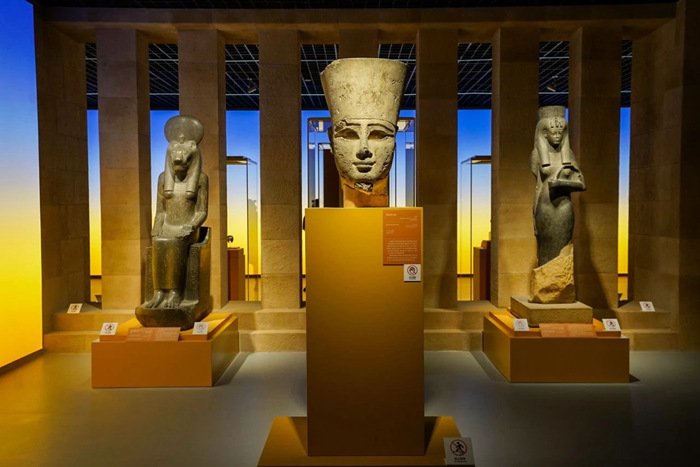
On site exhibition hall of "The Age of Tutankhamun", pictures from Shanghai Museum
Starting from the background of the Mediterranean region entering the imperial era in 1500 BC, the "Age of Tutankhamun" traces back to the development of the Amun god faith and the religious reform of King Akhenaten of the 18th dynasty, which marked a distinction between polytheistic and monotheistic beliefs. It then delves into the return of traditional religion under the reign of young Tutankhamun and its subsequent influence. The fusion of exhibition narrative and rhythmic exhibition space. Viewers can enter the surrounding visual space through narrow corridors, witnessing the life rituals of young pharaohs and empathizing with the separation of life and death in the 14th century BC; The blank space near the large statue attempts to recreate the magnificent scene seen from the interior of the building overlooking the desert outside, and leaves enough space for the statues of the two pharaohs to face each other.
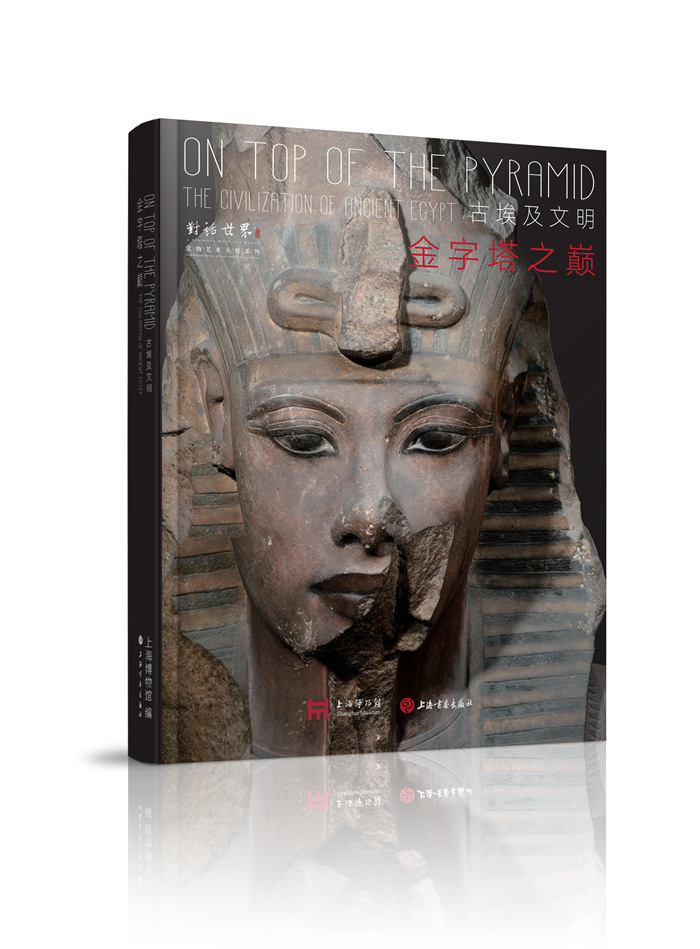
Exhibition catalog "Top of the Pyramid: Ancient Egyptian Civilization"
This extension will last for nearly 13 months, extending until August 17, 2025. While waiting for the invitation to visit the ancient Egyptian civilization, the exhibition's accompanying catalogue "Top of the Pyramid: Ancient Egyptian Civilization" is available for visitors to preview. The catalog includes 168 precious ancient Egyptian cultural relics, each of which is accompanied by Egyptian experts' interpretations and precious literature materials, allowing readers to fully understand the past and present of each cultural relic, as well as the profound historical and cultural heritage hidden behind it, and has the significance of collection.
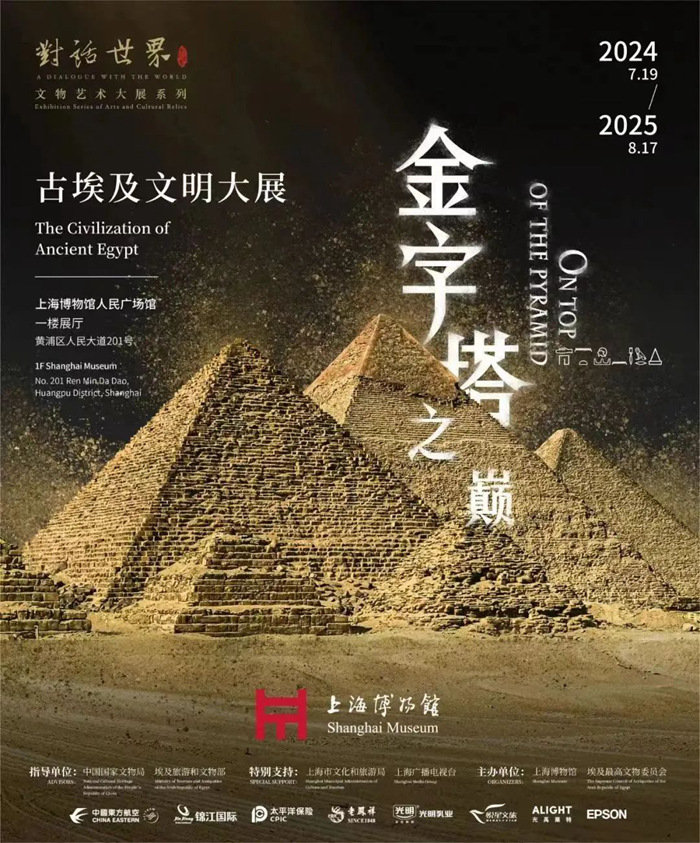 Exhibition poster for 'Top of the Pyramid: Ancient Egyptian Civilization'
Exhibition poster for 'Top of the Pyramid: Ancient Egyptian Civilization'
